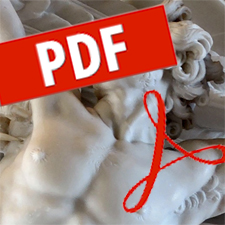Description
By Nessy Allen
By the early 1960s there was a general decline in the consumption of wool, Australia’s leading export. Prices were falling and it became clear that wool was suffering from the competitive advantages of the artificial fibres then starting to flood world markets. If the wool industry were to compete successfully, a high quality fleece would have to be produced by growers and the disadvantages of felting and shrinking would have to be overcome. Two Australian women scientists addressed these problems. One was concerned with the genetics of sheep breeding; the other worked on the physics of wool fibres to reduce their limitations in the textile product. The paper examines the major contributions made by these women in meeting the threat to the Australian wool industry posed by the development of synthetics.
page: 81 – 92
Prometheus: Critical Studies in Innovation
Volume 9, Issue 1
SKU: 0810-90288631906
